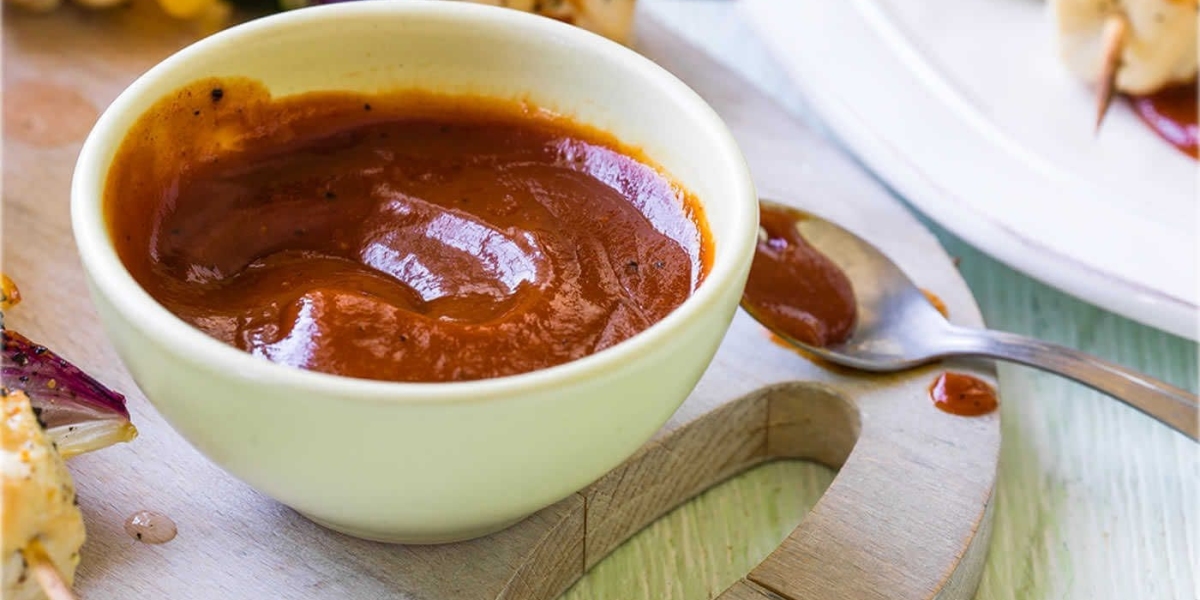Worcestershire sauce, a staple condiment found in kitchens around the world, holds a unique place in the culinary landscape. While often used as a flavor enhancer in classic dishes such as Bloody Marys and Caesar salads, its versatility extends far beyond these traditional applications.
Marinades and Sauces:
One of the most common uses of Worcestershire sauce is as a key ingredient in marinades and sauces. Its complex flavor profile, which includes notes of tanginess, sweetness, and umami, adds depth to meat marinades, barbecue sauces, and stir-fry sauces. When combined with ingredients such as soy sauce, garlic, and vinegar, Worcestershire sauce creates a rich and flavorful base that enhances the taste of grilled meats, vegetables, and seafood.
Dressings and Dips:
In addition to marinades and sauces, Worcestershire Sauce can also be used to create delicious dressings and dips. Mixed with mayonnaise, sour cream, or yogurt, it adds a savory kick to salad dressings, sandwich spreads, and vegetable dips. Whether drizzled over a crisp garden salad or served alongside crunchy crudité, Worcestershire sauce brings a burst of flavor to every bite.
Flavor Boosters:
Beyond its role as a primary ingredient, Worcestershire sauce can also be used as a flavor booster to enhance the taste of various dishes. A few dashes added to soups, stews, and casseroles can elevate the overall flavor profile, adding depth and complexity to the final dish. Similarly, it can be brushed onto roasted vegetables or grilled meats to impart a savory glaze and caramelized finish.
Vegetarian and Vegan Alternatives:
For those following vegetarian or vegan diets, Worcestershire sauce offers a convenient alternative to traditional meat-based flavorings. Many brands offer vegetarian-friendly versions that omit anchovies, making it suitable for a wider range of dietary preferences. Whether used to season tofu scrambles, vegetable stir-fries, or meatless burgers, Worcestershire sauce adds a savory punch without compromising on taste.









